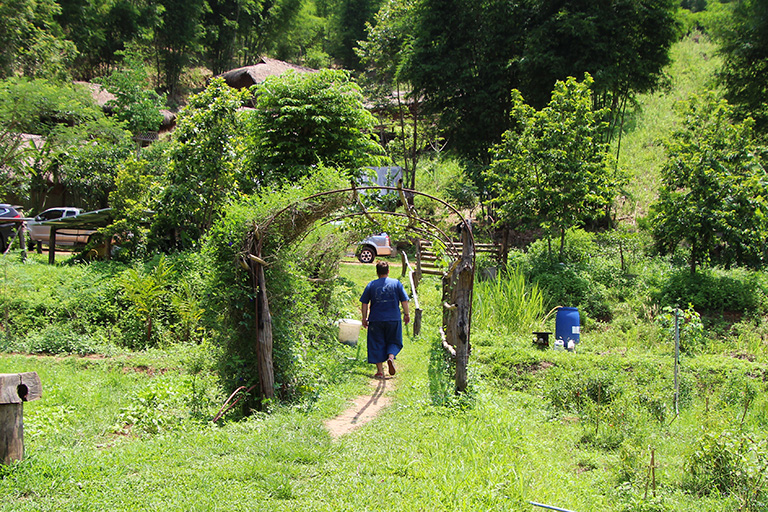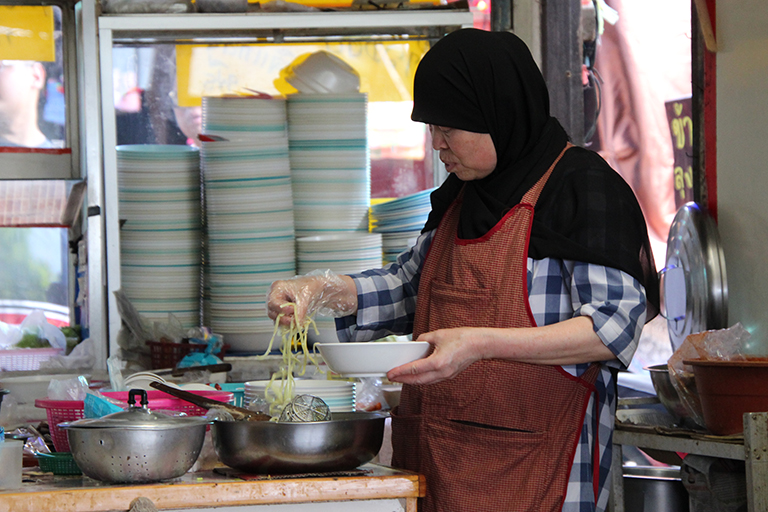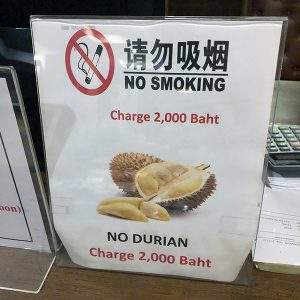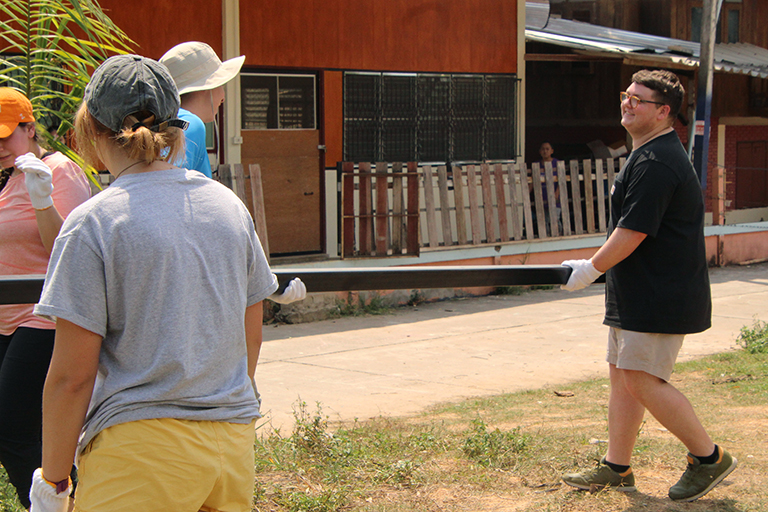Kenton Smith: Student Report from 2019 Alternative Summer Break to Thailand

As my introductory trip to Asia approached, I was hesitant for what I might find. The foreboding twenty-two hours of flight time made for little encouragement. Coming from an intensely western upbringing, Thailand is a far cry from the familiarities I find within the United States. My preconceptions faded sooner than I had expected as the view of South Korea during the descent of our Boeing 747 made it clear that Asia had more to offer than anticipated. Being in Thailand was something of discovering a new color, however, its conception was not from the reds, blues, and yellows we know all too well at home. I have never felt more comfortable in such a foreign environment. It is now apparent Asia has only begun with me, and a place I will return for the duration of my time.

“Gin khao reu yung?” is a standard Thai greeting. In the vernacular, it simply means, “How are you doing?” However, it directly translates to, “have you eaten rice today?.” Rice is the basis of much Thai cuisine, particularly where we were in the Chiang Mai province. Flavors western tongues might not enjoy often are rampant in Chiang Mai. Bitter, sour, and spicy serve as cornerstones for northern Thai cuisine. A balance of temperature, texture, and flavor, incorporating all extraneous organs and appendages can be found in droves among the countless street vendors that linger late into the night. From coconut curry to raw bovine blood soup, the diverse food found in Thailand is often accompanied with rice. This dichotomy of unaccustomed familiarity was consistent throughout our trip, with Thailand’s palate being a prime example.

As a side note, if I am going to discuss food, I must mention two things: 1. Scorpion, though not a traditional choice, isn’t nearly as disgusting as one may think, having lots of bark and very little bite. Think crunchy jerky. 2. Durian, on the other hand lives up to its reputation; not only does this fruit make an impressive impact on your nasal experience while traversing Chiang Mai, it also tastes like the lovely combination of sour cream, onions, and bananas. It was not a personal favorite of mine, but if in Thailand, it is a must-do.
I am unaware if the Thai know of “Southern Hospitality,” but they would be right at home in the Southern United States, as far as friendliness is concerned. Considering the seven countries I have been to in my limited travel experience (mostly Europe), Thailand may have the most friendly and welcoming people I have come across (even giving the Canadians a run for their money). Whether this is a tactic to increase tourism or if it is genuine, I have never felt more at home outside of the United States. Unlike those of many countries, Thai people encourage elementary use of their language and enjoy it when tourists give it “the ole college try.” I did not expect this to matter, yet I constantly found myself using the little Thai we were taught upon arrival with unexpected frequency. As a result, I felt more comfortable traveling in Thailand than anywhere else I have been, even though it has the greatest contrast from my culture.

In a country famous for Buddhism and debauchery, Thailand consistently finds itself balancing between bewilderment and sincerity. Within this balance lies a cuisine all its own and a country filled with kindness. I am uncertain of the conception of this unique dynamic, but I have come away from this experience with much to consider. My maiden excursion to Asia has not disappointed. I am certain I will be seeing Asia again, sooner than I expected.